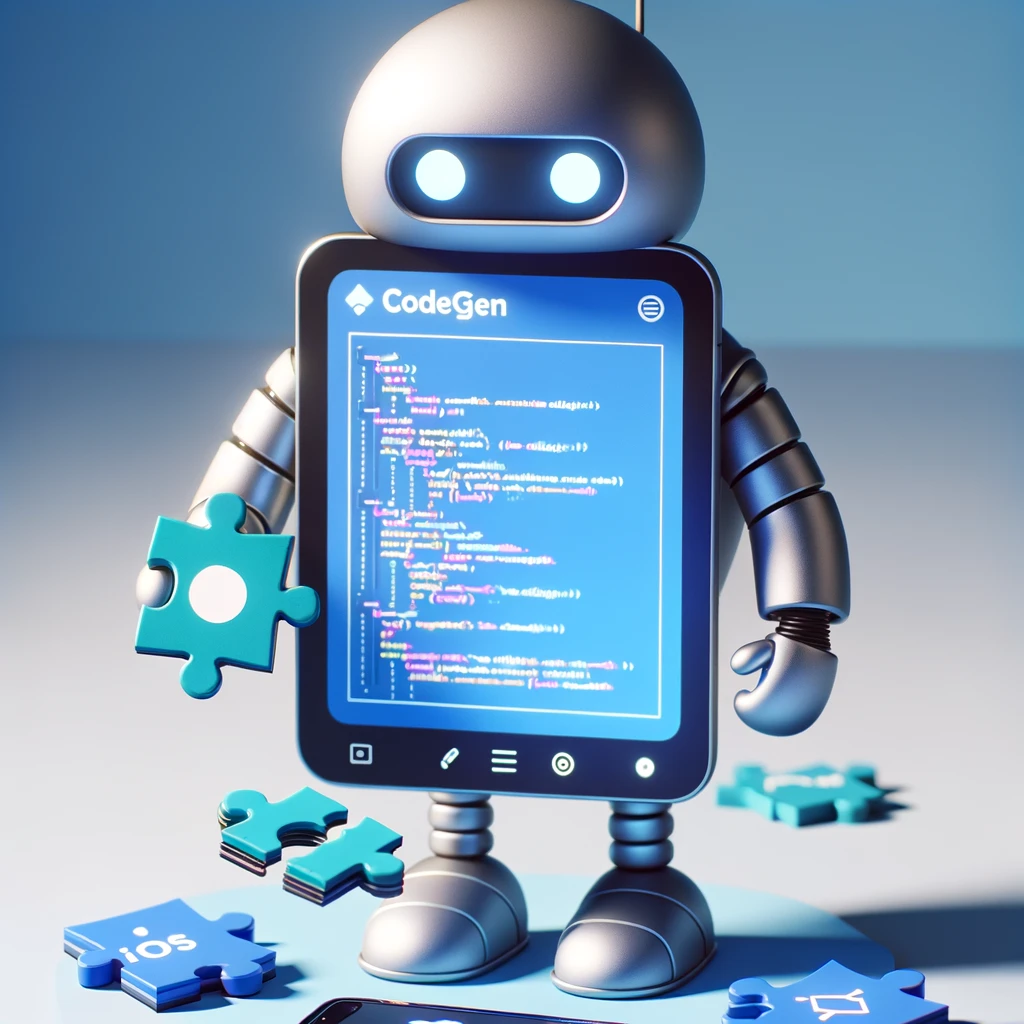As a CTO leading your startup through technological landscapes, it's crucial to be informed about the latest developments that could significantly enhance your applications' performance and scalability. React Native's New Architecture is one such advancement that demands your attention. Introduced to tackle some of the long-standing issues in the older architecture, it promises improved performance, smoother integration with native modules, and a more efficient development process. But what exactly is the New Architecture, and how does it impact your decision to upgrade your apps? Let's delve into these questions, providing you with the insights needed to make informed decisions.
Understanding the New Architecture
The New Architecture of React Native, commonly referred to as Fabric, represents a complete rethinking of the framework's core. At its heart is the aim to make the interaction between JavaScript and native platforms more efficient and seamless. The traditional bridge in React Native, which communicated between the JavaScript and native side, was a bottleneck, particularly for complex applications. The New Architecture introduces a new set of features:
- JSI (JavaScript Interface): JSI is a lightweight API that allows JavaScript code to interact more directly with native code. This reduces the need for serialization and batched communication, thereby reducing the load on the bridge and improving performance.
- TurboModules: This is a new way to load modules. Instead of initializing all modules at app start, TurboModules are loaded on demand. This lazy loading approach can lead to faster startup times and reduced memory usage.
- Fabric: This is a new UI layer that replaces the old UIManager. Fabric uses JSI to communicate with native code and allows for asynchronous rendering of native views, enhancing the responsiveness of the user interface.
Why CTOs Should Care
Performance Gains: The most touted benefit of the New Architecture is performance improvement. For startups aiming to provide the best user experience, the smoother interactions and faster response times can be a game-changer.
Future-Proofing Your App: React Native is moving towards the New Architecture, and it's clear that this is the future of the framework. Upgrading early might give your team more time to adapt and provide an edge over competitors who are slower to adopt.
Better Native Integration: If your app relies heavily on native modules or custom native code, the New Architecture's JSI can make the integration more efficient and straightforward.
Considering the Upgrade
Upgrading to the New Architecture isn't a trivial decision, especially for a complex existing app. Here are a few considerations:
- Third-Party Libraries: Many third-party libraries might not yet be compatible with the New Architecture. Assess the libraries your app depends on and consider the effort required to find alternatives or wait for updates.
- Team Readiness: Your development team will need to understand and adapt to the changes in the New Architecture. Ensure you have the resources and time for training and adjustment.
- Testing and Debugging: With any significant upgrade, thorough testing is crucial. Consider the scope of testing required and ensure you have the right tools and processes in place.
Making the Decision
As a CTO, your decision to upgrade should be strategic. Consider the current performance of your app and the feedback from users. If performance is a bottleneck, the New Architecture might offer the improvements you need. Also, consider your development roadmap. If a significant rewrite or new feature development is on the horizon, it might be an opportune time to adopt the New Architecture.
Conclusion
React Native's New Architecture is an exciting development, promising to address some of the long-standing limitations of the framework. For startups, it offers a path to creating more performant and responsive apps. However, the decision to upgrade should be carefully considered, taking into account your app's specifics, your team's readiness, and the current state of the New Architecture's ecosystem. By staying informed and strategically planning your upgrade, you can ensure that your app continues to thrive and stays ahead of the curve in the ever-evolving world of mobile development
Book a consultation with us today to learn more about how we can assist in elevating your app's performance and user experience to new heights. Together, let's take a step forward into a more efficient, responsive, and future-ready mobile app landscape.


